In recent years, a new technological advancement has revolutionized the world of football. VAR, or Video Assistant Referee, is a system designed to assist referees in making more accurate decisions during football matches. As football continues to evolve, the integration of technology in the sport has become inevitable, and VAR is one of the most significant changes in how the game is officiated. But what is VAR in football, and how does it work? This article by Wintips will delve deep into the world of VAR, explaining its origins, purpose, and the impact it has had on the sport.
What is VAR in football?
What does VAR stand for in football? VAR, which stands for Video Assistant Referee, is a technological innovation that has become an integral part of professional football officiating. In the past, the officiating team at a football match typically included a main referee, two assistant referees, and a fourth official. However, in the modern era of football, the introduction of VAR has added a layer of scrutiny to ensure that decisions are as accurate as possible during matches.
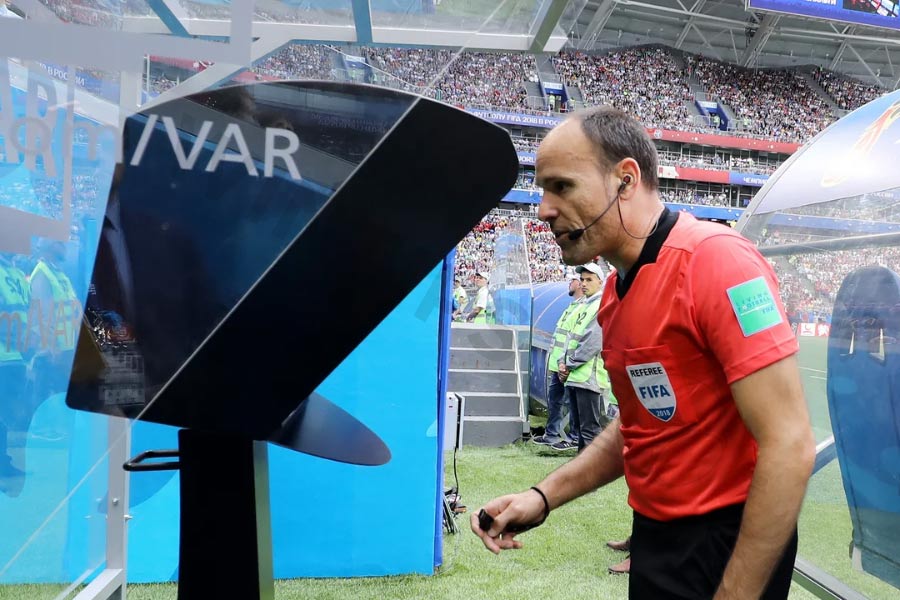
What is a VAR in football? The purpose of VAR is to assist the on-field referees by reviewing video footage of the game in real time. This system is designed to help prevent crucial refereeing mistakes, particularly in situations where a decision can have a significant impact on the outcome of a match, such as goals, penalties, red cards, and mistaken identity incidents.
How VAR works
What does VAR in football mean? Unlike sports such as cricket or hockey, where players or officials must request video reviews, VAR operates continuously throughout a match. The system doesn’t wait for an official challenge; instead, it automatically analyzes key moments of the game, notifying the referee when a potential error or missed incident is detected. This proactive approach ensures that major mistakes are addressed before they affect the fairness of the match.
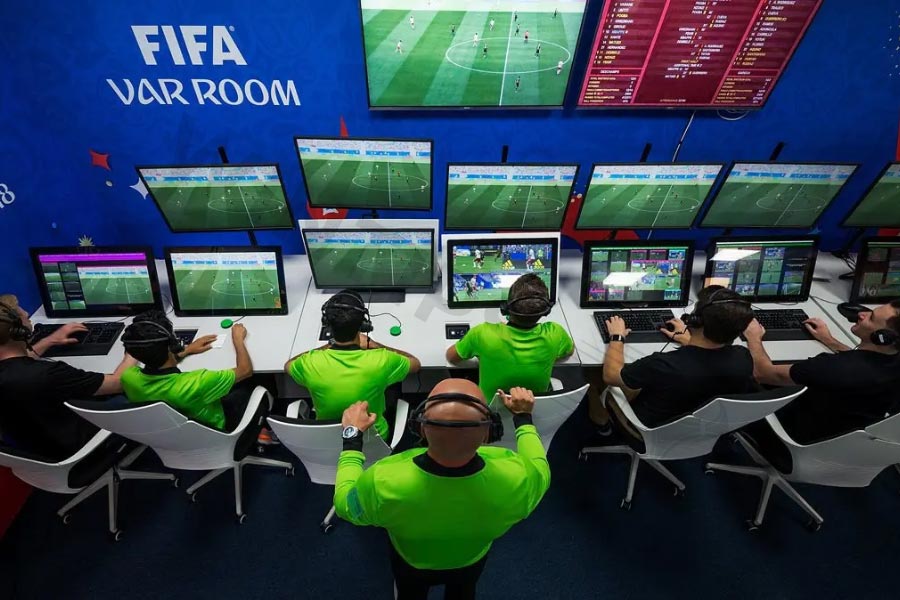
Despite its broad scope, VAR has clear limitations. It can only intervene in four specific types of incidents where a ‘clear and obvious error’ or ‘serious missed incident’ is believed to have occurred. These situations include:
- Goals/no goals: VAR checks for possible infringements like offside, encroachment during penalties, and whether the ball fully crossed the goal line. This review ensures that every goal scored is legitimate and follows the rules.
- Penalty/no penalty: VAR reviews potential penalty decisions, including whether a foul occurred inside the penalty area, whether the player simulated contact (diving), or whether the wrong player was penalized. This helps avoid controversial decisions that could lead to unfair advantages.
- Direct red cards (excluding second yellow cards): VAR examines whether a foul committed during the match warrants a red card. It also checks for instances of mistaken identity, where the wrong player might have been sent off for a foul they did not commit.
- Mistaken identity: This checks whether the referee has mistakenly penalized the wrong player, ensuring that the correct individual is disciplined for their actions.
When was VAR created?
The creation of VAR (Video Assistant Referee) in football can be traced back to the Royal Netherlands Football Association (KNVB) and their innovative project known as 'Refereeing 2.0,' which was launched in 2013. The project was designed to explore ways of improving refereeing decisions through the use of technology, specifically video referees. In that year, the first trials of VAR were conducted during football matches in the Netherlands, marking the beginning of a new era in the sport.
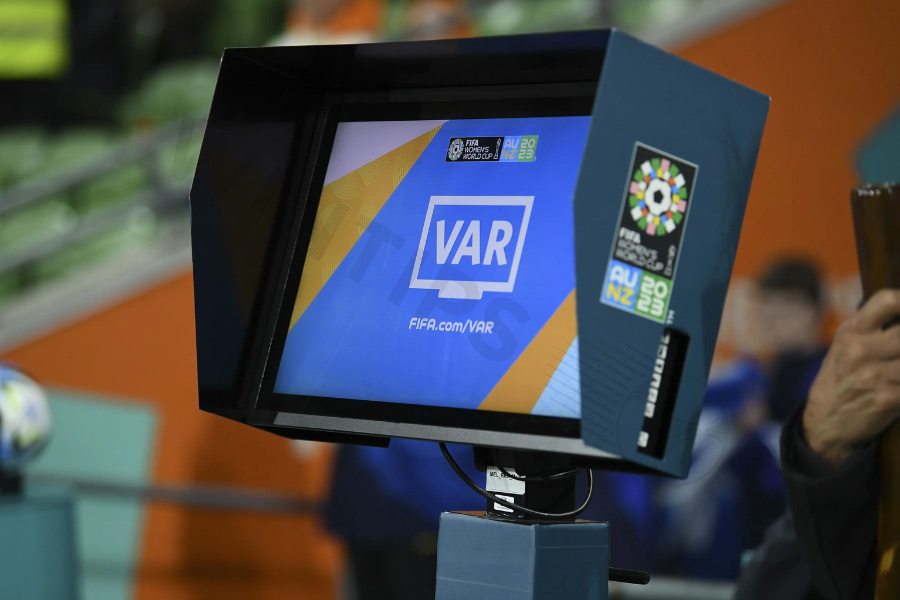
Before the formal introduction of the Refereeing 2.0 project, the KNVB had been in discussions with Hawk-eye Innovations, a company owned by Sony. This company, which is renowned for providing video assistance in other sports such as tennis, had been in talks for several years regarding the potential use of VAR technology in football. Hawk-eye's expertise in video technology and real-time decision-making systems made it an ideal partner for the project.
The International Football Association Board (IFAB), which is responsible for governing the laws of football, was approached by the KNVB in 2016 with a proposal to trial VAR in the sport. After careful consideration, IFAB agreed to run a trial phase, and the first official VAR trials were conducted in friendly matches. Following the success of these initial trials, VAR was used for the first time in a competitive fixture in September 2016 during a Dutch Cup game, marking a significant milestone in football officiating.
When did VAR start being used in professional Leagues?
In 2017, VAR technology began to gain traction in professional football leagues around the world. The technology was introduced into various leagues, including Italy's Serie A, Germany's Bundesliga, and several others. What does VAR mean in football? These leagues adopted VAR to improve the accuracy of refereeing decisions, particularly in high-stakes situations. As the system demonstrated its potential to reduce errors and enhance fairness, more leagues followed suit.
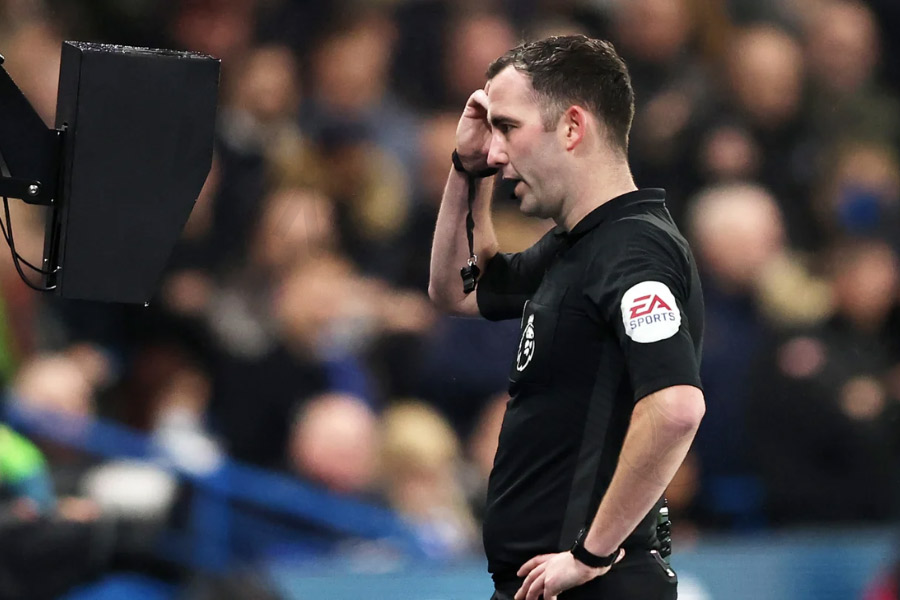
By the spring of 2018, after a successful trial period, the International Football Association Board (IFAB) formally approved the use of VAR in all competitions moving forward. This approval marked the beginning of a widespread implementation of VAR across the football world. As of 2023, VAR is used in 61 countries, including some of the biggest and most prominent leagues in the world, such as the English Premier League, Spain’s La Liga, and Brazil's Série A. The use of VAR has also spread to countries where football is still growing, such as Vietnam and Oman, highlighting the global reach and importance of the technology in ensuring fairness and accuracy in the sport.
When was VAR first used in the FIFA World Cup?
The first FIFA World Cup to fully integrate VAR technology was the 2018 World Cup, held in Russia. This tournament was a groundbreaking moment for the use of video assistance in football, as all the stadiums hosting matches were equipped with Hawk-eye technology. The introduction of VAR at the World Cup helped ensure more accurate and fair decisions during the tournament, particularly in controversial moments such as penalty calls and offside decisions.
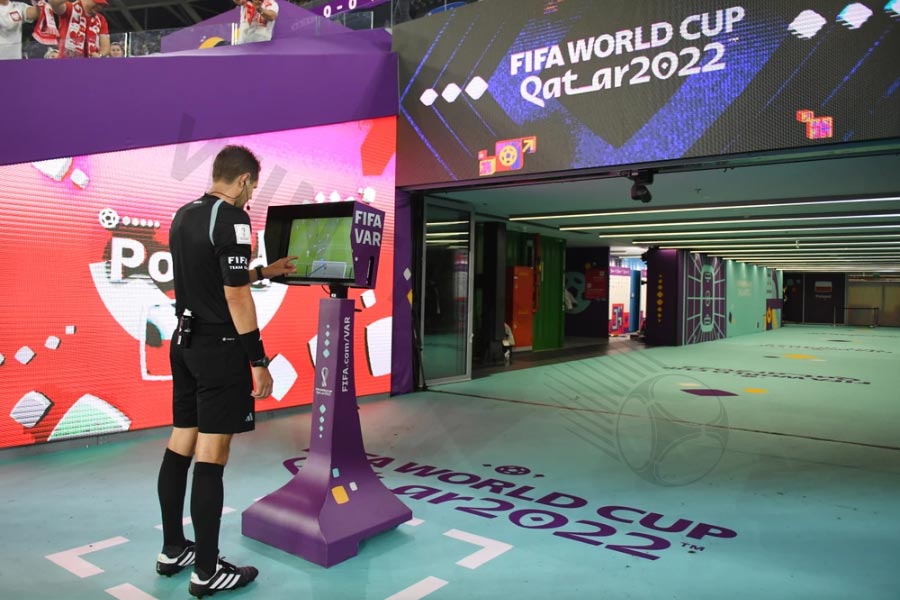
The success of VAR during the 2018 World Cup paved the way for its continued use in future FIFA tournaments. The technology was also employed during the 2022 World Cup in Qatar, helping to streamline decision-making and reduce errors. Moreover, VAR was utilized in the 2023 FIFA Club World Cup in Morocco, demonstrating that the system is now an integral part of FIFA’s commitment to improving the quality of officiating in global football.
The impact of VAR on football
What is VAR in football? The introduction of VAR has been met with a mix of excitement and skepticism. While many fans and players appreciate the accuracy it brings to the game, others argue that it disrupts the flow of play and introduces an element of uncertainty. Let's explore the positive and negative impacts of VAR on football.
Positive impacts
Increased accuracy
VAR has significantly reduced the number of incorrect decisions made by referees. For example, in the 2018 FIFA World Cup, the accuracy of refereeing decisions increased by over 90% thanks to VAR. This has led to fairer outcomes and fewer controversial decisions.
Learn more about the bookmaker ratings list to choose a reputable betting platform to experience top entertainment services.
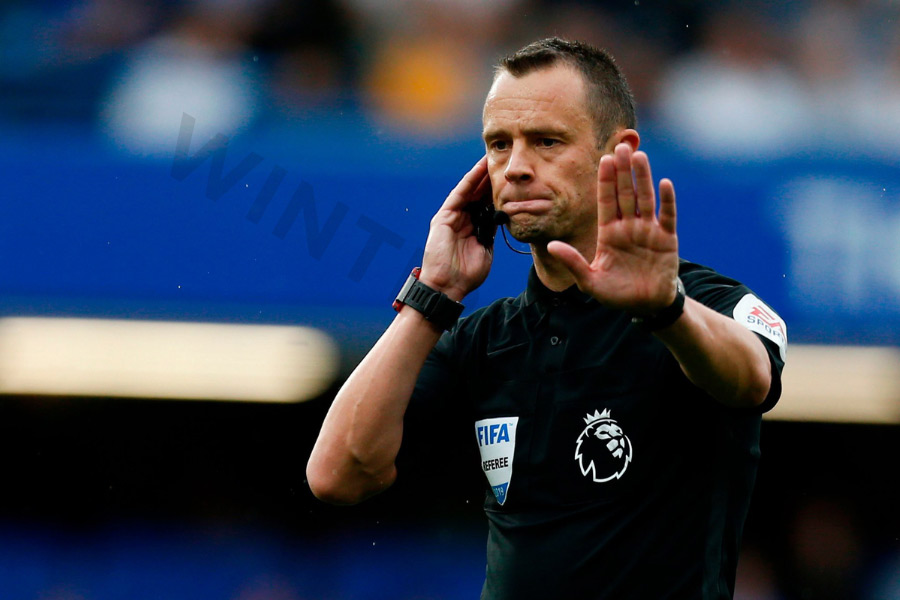
Elimination of Major Errors
One of the primary reasons for introducing VAR was to eliminate clear errors. VAR has successfully corrected some of the most glaring mistakes in football, such as missed penalties or wrongly disallowed goals, which could have had a huge impact on match results.
Faster decision-making
Although the review process can take a few minutes, it often leads to quicker and more accurate decisions than relying solely on the on-field referee. In many cases, the time spent reviewing footage is minimal compared to the time it would take for an on-field referee to make a correct decision.
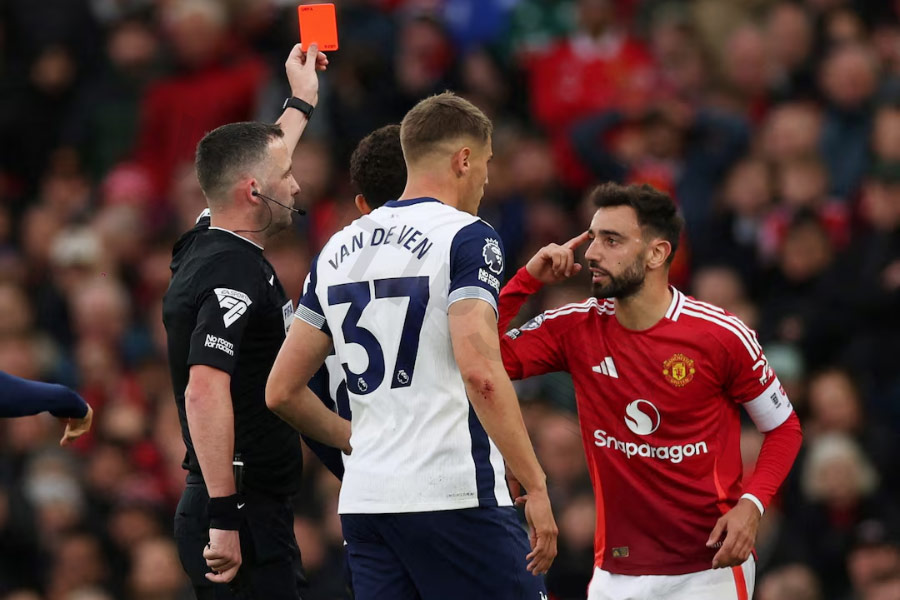
Transparency
VAR has introduced a level of transparency that was previously lacking in football officiating. Fans now have access to the same footage as the referees and the process is often explained clearly by the officials. This transparency fosters trust in the system and reduces speculation and debate about refereeing decisions.
Negative impacts
Disruption of the flow of the game
One of the main criticisms of VAR is that it interrupts the natural flow of football. When a decision is being reviewed, play stops, and both players and fans must wait for the final ruling. This can disrupt the rhythm of a match and sometimes leads to frustration, especially when reviews take longer than expected.

Subjectivity in decision-making
While VAR aims to reduce errors, it does not eliminate subjectivity. Some decisions, particularly those involving penalties or red cards, still require interpretation by the referees. This means that two referees may interpret the same situation differently, leading to inconsistency in decisions.
Overreliance on technology
Some critics argue that VAR places too much emphasis on technology and undermines the human element of football. Referees are no longer making decisions on their own, and some believe this diminishes the spirit of the game.
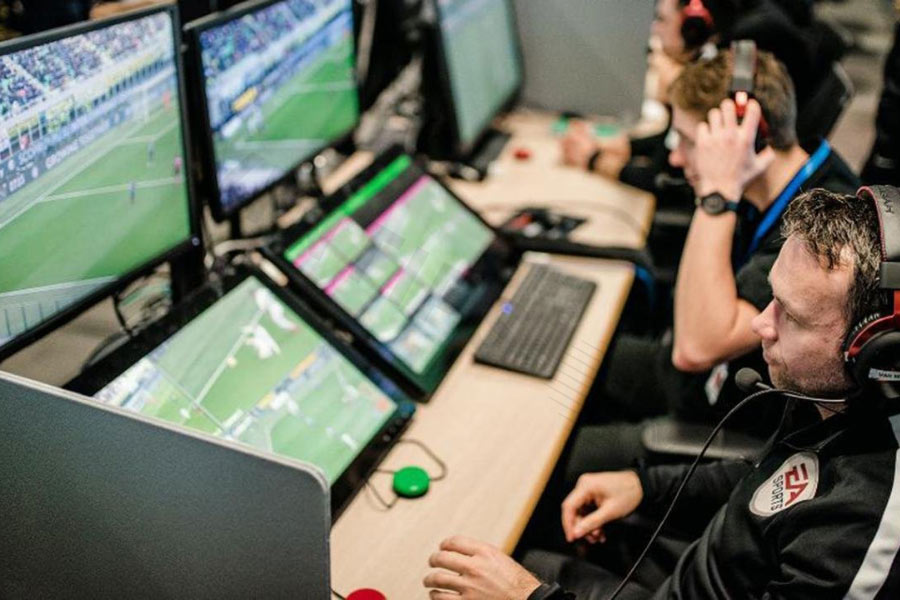
Controversy and debate
Despite its best efforts to reduce errors, VAR has not been free of controversy. In some cases, fans and players have disagreed with the final decision, claiming that the technology was misused or that the referee's interpretation was flawed. This has led to continued debate over the role of VAR in football.
Final thoughts
In conclusion, what is VAR in football? VAR has changed the landscape of football officiating, providing a technology-driven solution to the problem of incorrect decisions. While it is not without its challenges and criticisms, VAR has made a significant impact on the game, increasing the accuracy of refereeing decisions and fostering greater transparency. As technology continues to advance, we can expect VAR to evolve further, making football an even fairer and more exciting sport for players, coaches, and fans alike.
Refer to: Who is the penalty missed king in football? Surprising stats.







